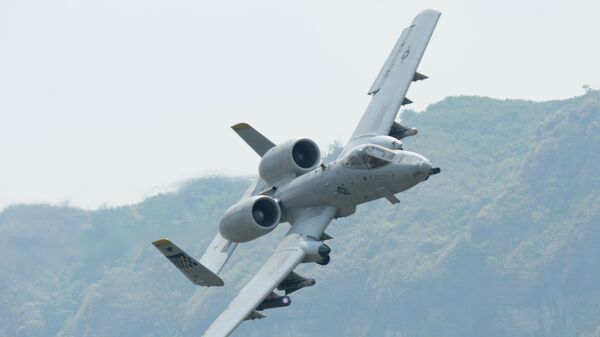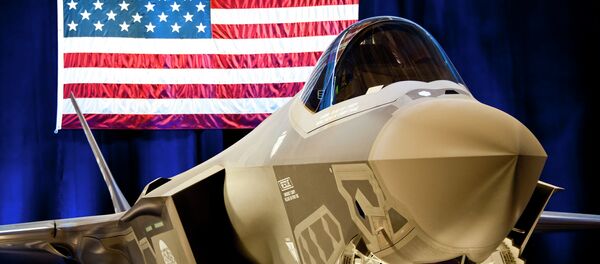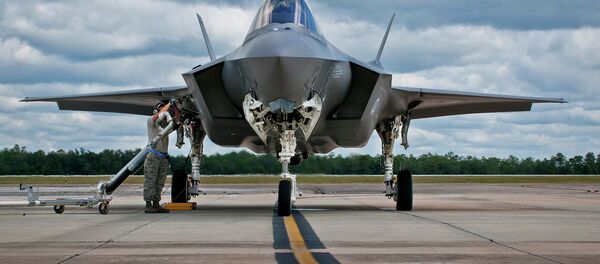The infamous F-35 has had its share of problems. After over $1 trillion in development costs, the state-of-the-art aircraft has struggled to achieve even the most basic functions of fighter jet, including shooting, maneuvering, and flying.
As the Pentagon insists that the fighter can hold its own in combat, it has prepared one final, crucial test: a one-on-one simulated showdown between the F-35 and the 40-year-old A-10 Thunderbolt II.
"To me, comparison testing just makes sense," Michael Gilmore, director of the Defense Department operational test and evaluation office, told the Senate on Tuesday.
"If you’re spending a lot of money to get improved capability, that’s the easiest way to demonstrate it is to do a rigorous comparison test."
Designed for close air support, the A-10 is a time-tested and reliable aircraft, but the Pentagon hopes to save maintenance costs on the aging aircraft by replacing it with the all-purpose F-35.
"We’re going to do [tests] under all the circumstances that we see CAS [close air support] conducted, including under high-threat conditions in which we expect F-35 will have an advantage and other conditions requiring loitering on the target, low-altitude operations and so-forth," Gilmore said.
The Pentagon is well aware of the joint strike fighter’s poor reputation and hopes that the head-to-head matchup will calm combat veterans who would greatly prefer to keep the A-10 airborne.
"There are a lot of arguments that ensue over which aircraft might have the advantage, the A-10 or the F-35, but that is what the comparison test is meant to show us," Gilmore said.
While Gilmore remains confident, others aren’t so sure.
"I think [this] would be a silly exercise," Air Force Chief of Staff Gen. Mark Welsh said last September, according to the National Interest.
Many experts see the F-35, designed to be a kind of Jack of All Trades, as having inherently flawed concepts.
"In trying to do everything – fighting in the air, making bombing runs, launching from aircraft carriers and even taking off vertically from small assault ships while also avoiding enemy radars – the F-35 combines a lot of contradictory elements," defense analyst David Axe said, according to National Defense magazine.





